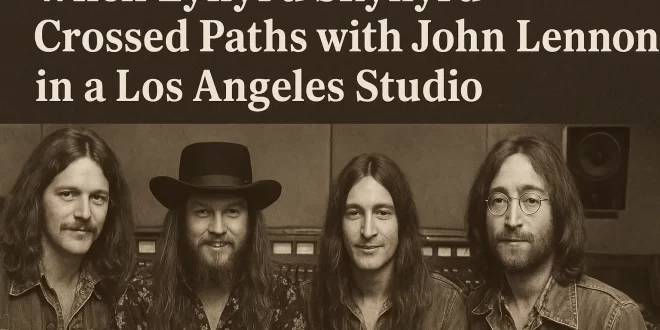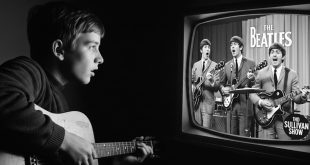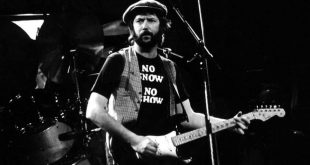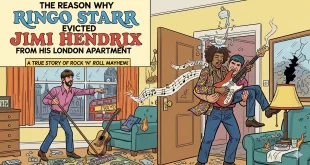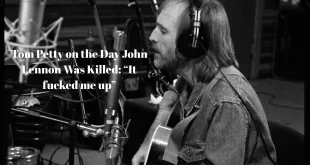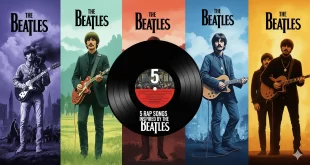In the world of rock history, there are moments that sound almost too surreal to be true. One such unlikely meeting took place in the mid-1970s, when legendary Southern rock band Lynyrd Skynyrd unexpectedly encountered John Lennon in a Los Angeles recording studio.
On the surface, the pairing seemed worlds apart. Lennon, the sharp-witted ex-Beatle from Liverpool, was navigating his post-Beatles solo career during what was known as his “Lost Weekend” period with May Pang. Meanwhile, Lynyrd Skynyrd, a group of fiery musicians from the swamplands of Florida, were cementing themselves as pioneers of Southern rock, blending blues, country, and hard rock into an unapologetically raw sound. Yet fate brought these two icons face-to-face during the recording of Skynyrd’s landmark second album, Second Helping (1974).
The Day Lennon Walked In
In a 2016 interview, guitarist Gary Rossington, the only continuous member of Lynyrd Skynyrd until his death in 2023, vividly remembered the day. The band was recording at The Record Plant in Los Angeles with producer Al Kooper, a respected figure who had worked with Bob Dylan, Jimi Hendrix, and many others.
Kooper’s network of musical friends was vast, and one day, John Lennon simply stopped by the studio to see him. At the time, Lennon was not with Yoko Ono but with his then-partner May Pang, during their brief separation.
“When they walked into the studio, into the booth, we all saw it was him and freaked out,” Rossington recalled. “We quit playing. Scared us. There was John Lennon. A Beatle! We got to meet him, shake his hand. Then we went across the street and had lunch with him. It was great.”
Starstruck Skynyrd
The members of Lynyrd Skynyrd were enormous Beatles fans, and meeting Lennon was nothing short of overwhelming. Rossington later admitted: “I’m a Beatles freak and we love the Beatles.”
Their admiration for the Fab Four was so deep that Skynyrd even named their Nashville studio “Blackbird” after the famous Beatles song. Inside, they decorated the space with Beatles photos and even used some of the same studio equipment that Lennon, McCartney, and company once used in London.
For the Southern rockers, the chance to sit down and have lunch with one of their idols was more than just a passing moment — it was a validation that their music, though different in style, was part of the same great lineage of rock and roll.
A Creative Spark
Although Lennon didn’t contribute musically to Second Helping, his presence alone seemed to leave an impression. The album became one of Lynyrd Skynyrd’s defining records, featuring timeless classics like:
- Sweet Home Alabama
- Workin’ for MCA
- Call Me the Breeze
- The Ballad of Curtis Loew
Released in April 1974, the record climbed to Number 12 on the Billboard 200 and quickly earned Gold certification. It further established Skynyrd as torchbearers of Southern rock and cemented their reputation as one of America’s most exciting live bands.
Whether or not Lennon’s brief visit influenced the final product, the story underscores how even fleeting interactions between great artists can inspire and energize.
Two Worlds Collide
In hindsight, the idea of John Lennon — the poetic, politically outspoken ex-Beatle — sharing a meal with Lynyrd Skynyrd, the rough-edged band behind one of rock’s ultimate anthems, feels like a cultural crossroads. Both acts embodied different sides of 1970s rock: Lennon the intellectual and experimental visionary, Skynyrd the embodiment of Southern grit and working-class spirit.
Yet on that day in Los Angeles, the lines blurred. For a brief moment, the swamp met the suburbs, and two very different musical worlds sat across the table from each other.
